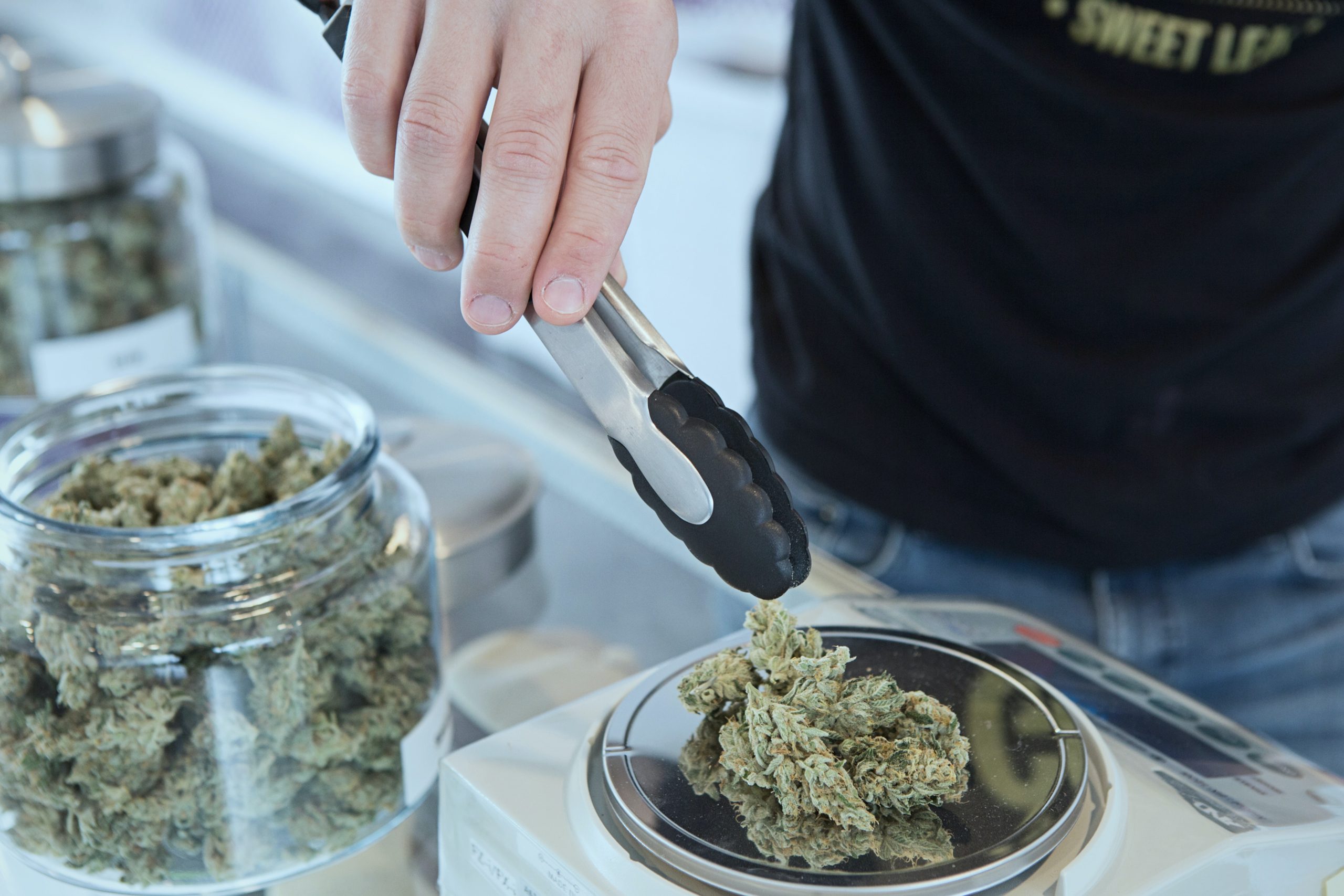Cannabis has evolved dramatically over the years. With the legalization of marijuana, cannabis growers have focused on cultivating strains with high THC levels. As a result, there is a significant market shift towards high-THC strains, leaving classic cultivars with lower THC levels behind. This article discusses how the THC obsession leads to a market without many of your most beloved cultivars.
Top Reads: How Heroes of Hemp Helped Spinello Triumph: A Grateful Letter
Introduction
Jonathan Wilson is a fan of vintage items. His love for the classics extends to the cannabis strains he cultivates at his New Brunswick micro-cultivator Crystal Cure. However, Wilson admits that the days of selling classic cannabis strains are gone. In this article, we explore how the demand for high-THC strains has affected the market for classic cultivars.
The Struggle of Classic Cannabis Strains
Since the legalization of marijuana, the demand for high-THC strains has significantly increased. Many customers inquire about the THC level of cannabis strains before making purchases. Unfortunately, this demand has resulted in classic cultivars being overlooked by buyers.
Josh, the owner of F1NE Cannabis in Niagara, reports that he has many classic cultivars that will never see the light of day due to the provincial distributors’ preference for higher-THC products. As the threshold for THC levels continues to increase, the market for classic cannabis strains diminishes.
Pushing Aside Unique Cannabinoids
Brian Bain of Mother Labs says that cultivars with unique cannabinoids get pushed aside in the market. The market’s obsession with THC levels leads to cultivars that might have been popular losing their market value. Bain believes that the market is more significant than THC levels.
Losing Classic Strains
Many classic strains have been discontinued or not even brought into production due to the preference for high-THC strains. Tangbreath is one such cultivar that won several awards, but the Ontario Cannabis Store refused to list it because of its low THC levels. Consumers who are not interested in high-THC strains miss out on classic strains that could be offered in new, high-THC forms.
The Impact of THC Obsession on Classic Cannabis Strains
When cultivars are grown to have high THC levels, other beneficial components get stripped away, which does not allow the plant to shine. Classic cultivars with lower THC levels highlight the other aspects of the plant. The threshold of 20 percent THC for cannabis strains has made it harder for cultivators to market their strains if they don’t meet the threshold. This threshold has also resulted in the loss of the market value of classic strains.
Are Mid-Range THC Products Overlooked?
Growers report that buyers are reluctant to take on mid-range THC products, which is anything from 15 to 20 percent THC. Although the Ontario Cannabis Store denies having a threshold for THC levels, growers believe that there is a 20 percent threshold in place.
Why the Market Is Bigger Than THC Levels
The reluctance of buyers to accept mid-range THC products is a significant factor in today’s cannabis market. The demand for high-THC strains has resulted in classic cultivars with lower THC levels being ignored. As the market’s obsession with THC levels continues, it affects growers’ decisions and what cultivars are brought to market. However, the market should consider the many benefits of classic strains, including their unique cannabinoids.
Conclusion
In conclusion, the obsession with THC levels has led to a market that is crowded with high-THC strains, leaving behind some of the most beloved classic cultivars. While consumers may be demanding higher THC levels, they may be missing out on the unique benefits of mid-range THC strains and the diverse cannabinoid profiles of classic cultivars. Growers are facing pressure to produce high-THC strains, even if it means sacrificing the quality and uniqueness of their product. As the industry continues to grow, it is essential to remember the rich history and diversity of cannabis and to appreciate the benefits of a balanced approach to THC levels.
FAQs
- What is the ideal THC level in cannabis? There is no ideal THC level as it varies depending on the individual and their desired effects. However, it is important to consider the benefits of mid-range THC strains and classic cultivars in addition to high-THC strains.
- Why are classic cultivars being crowded out of the market? Provincial distributors are reluctant to list lower-THC products, which has resulted in classic cultivars being overshadowed by high-THC strains.
- Are mid-range THC strains still available in the market? While mid-range THC strains may be harder to find, they are still available from some growers and dispensaries.
- Is it possible for growers to produce high-THC strains without sacrificing quality? Yes, it is possible for growers to produce high-THC strains while maintaining the quality and uniqueness of their product. It requires a balanced approach to cultivation and a focus on the overall cannabinoid profile of the plant.
- What can consumers do to support classic cultivars and mid-range THC strains? Consumers can choose to support growers who prioritize quality over high THC levels and ask for classic cultivars and mid-range THC strains at their local dispensaries. By supporting a diverse range of strains, we can help to ensure the continued growth and diversity of the cannabis industry.



COMMENTS